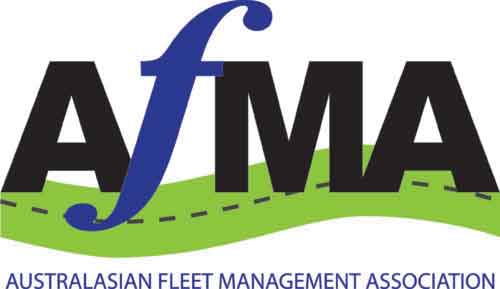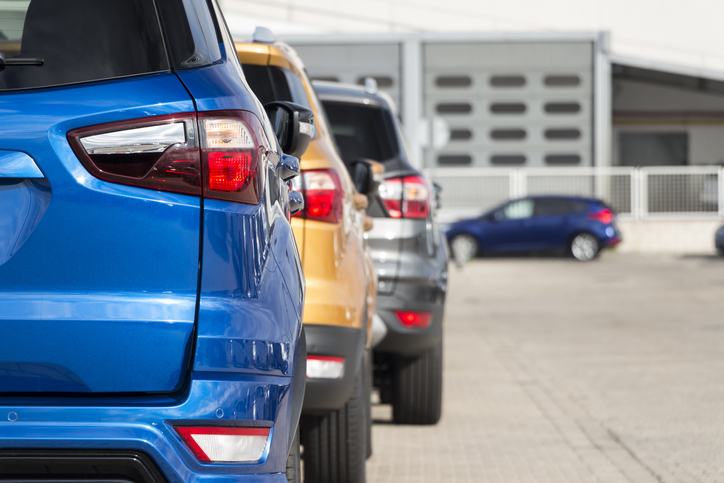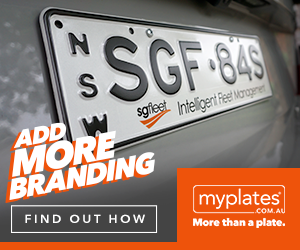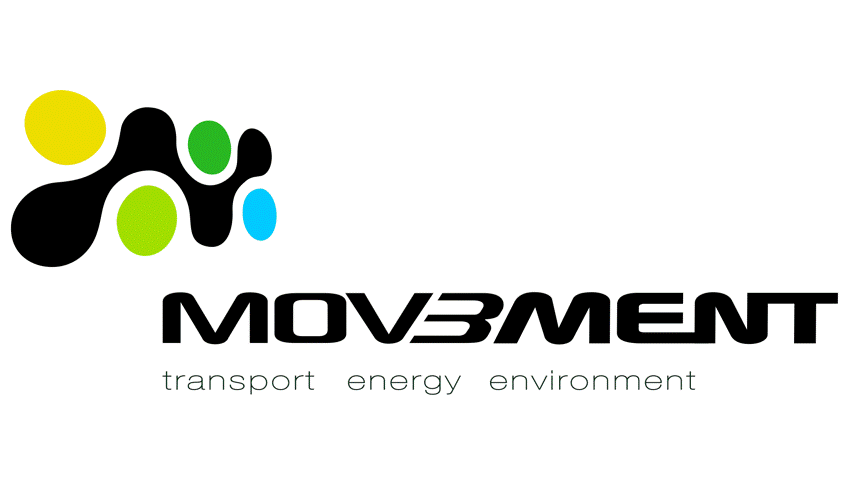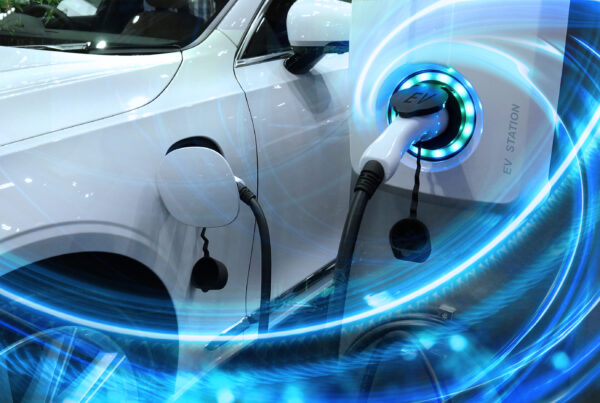New vehicle sales in Australia got off to a slow start in January 2025, with 86,804 cars sold. This is a decrease of 3.3 per cent compared to the same month last year. The Federal Chamber of Automotive Industries (FCAI) says sales remain flat, continuing a trend from mid-2024.
FCAI Chief Executive Tony Weber explained that the weak performance in 2024 has carried over into 2025, with economic conditions still affecting consumer choices.
“Weakness in the market in 2024 has continued through to the January result and that current economic conditions remained a major consideration for consumers in all market segments,” he said.
One positive trend is the continued growth in hybrid and plug-in hybrid vehicles, which now account for nearly one in five new car sales. In January 2025, hybrids made up 17.1 per cent of sales, while plug-in hybrids represented 2.2 per cent. However, sales of electric vehicles (EVs) were notably low, accounting for just 4.4 per cent of sales, the lowest level since October 2022.
Concerns Over Electric Vehicle Sales
Mr Weber voiced concern over the low number of EV sales, especially given the Australian Government’s push for zero-emission vehicles through the New Vehicle Efficiency Standard (NVES).
“This is a major concern because consumers are turning away from EVs at the time the Commonwealth Government has introduced the New Vehicle Efficiency Standard (NVES). The industry continues to increase the range of zero and low-emission vehicles providing consumers with an increased choice of models and varying price points. However, the Government needs to reconsider the steps it can take to build consumer confidence in EVs, otherwise their ambitious NVES targets will not be met,” he added.
Market Insights
Toyota led January 2025 sales with 18,424 vehicles sold. Mazda followed with 8,322, while Ford sold 6,830. Kia and Mitsubishi rounded out the top five with 5,720 and 5,681 sales, respectively. The Toyota RAV4 was the best-selling vehicle with 5,076 units sold. It was followed by the Ford Ranger, Toyota HiLux, Toyota Prado, and Mitsubishi Outlander.
Looking at sales across states and territories, some areas saw a decrease in sales compared to January 2024. The Australian Capital Territory experienced an 11.9 per cent drop to 1,137 units, while New South Wales saw a 4.0 per cent decrease to 25,717 vehicles. Queensland, South Australia, Tasmania, and Victoria also saw decreases. However, sales in Western Australia increased by 3.5 per cent to 10,258 vehicles, and the Northern Territory saw a slight increase of 3.4 per cent to 767 units.
The breakdown of sales by vehicle class shows a 22.2 per cent decline in the passenger vehicle market compared to January 2024. This represents a drop of 3,651 sales. On the other hand, the sports utility market grew by 5.9 per cent, adding 2,918 sales. The light commercial market and heavy commercial vehicle market saw decreases as well.
Overall, the new car market in Australia had a slow start to 2025. Despite gains in SUVs and hybrids, the market still struggled with weak economic conditions.
Did you find this article interesting? Click the ‘heart’ button above to give it a ‘like’!
